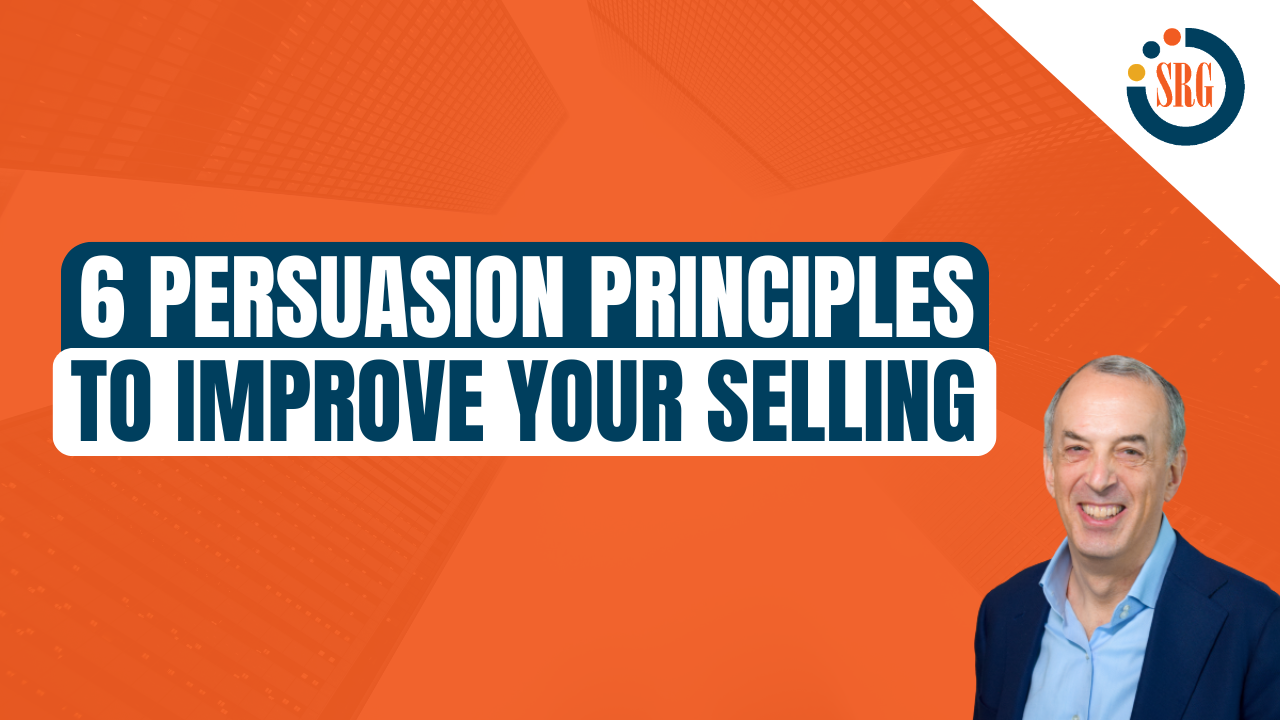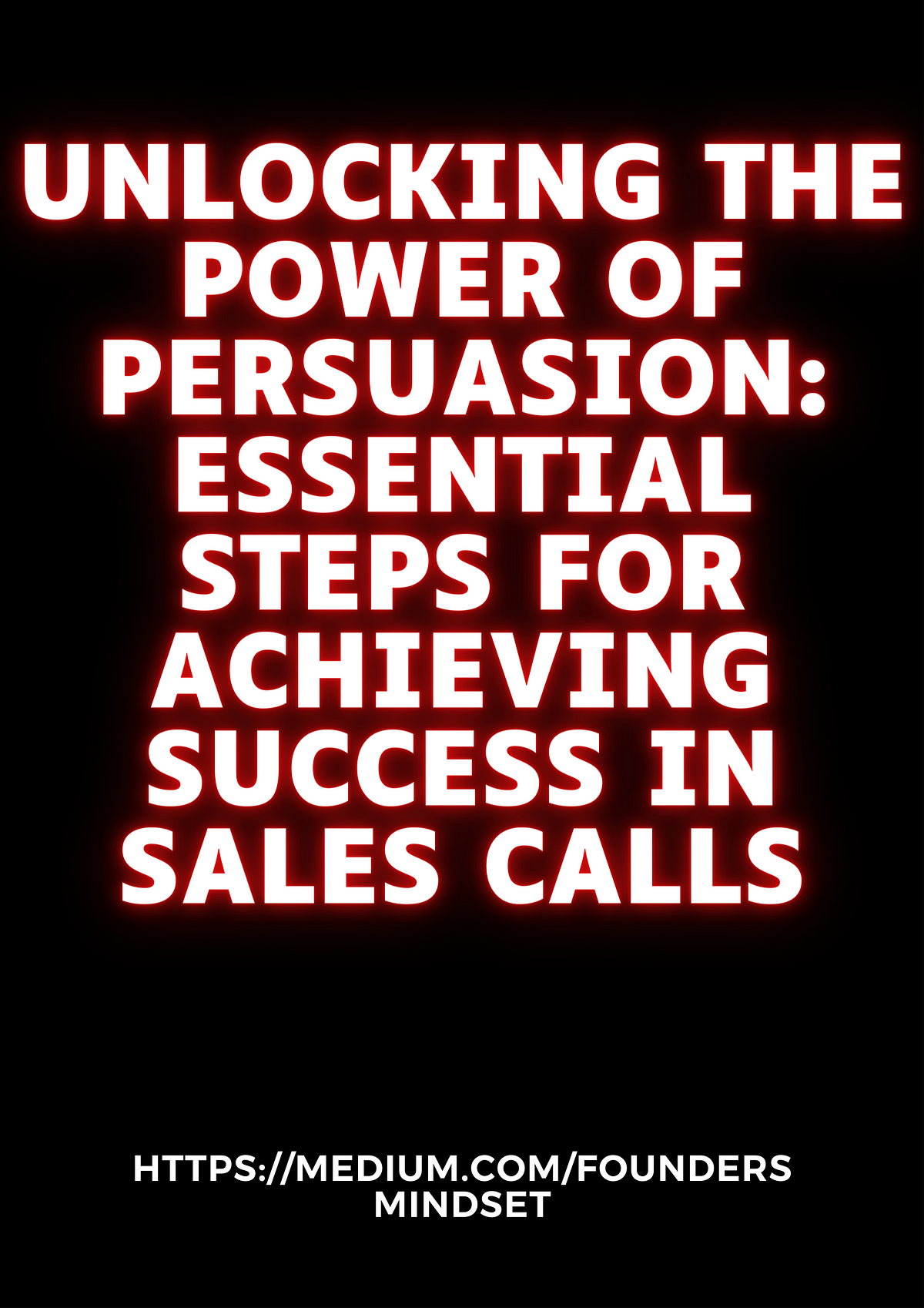Unlocking the Power of Persuasion: How to Sell Your Product or Service with Confidence

You’ve poured your heart and soul into creating a product or service. You believe in its potential, you know its value, but how do you translate that passion into a compelling message that resonates with your ideal customer?
The key lies in understanding the "why" behind their purchase. It’s not just about listing features; it’s about showcasing the benefits those features deliver and how they solve a specific problem or fulfill a deep-seated desire.

Let’s break down the process of crafting a persuasive message that resonates with your audience, using the lens of interior design and architecture to illustrate the concepts.
1. Define Your Ideal Customer
Imagine you’re designing a home. You wouldn’t start by building walls without knowing the homeowner’s needs, lifestyle, and aesthetic preferences. Similarly, you need to understand your ideal customer before you can tailor your message to their specific desires.

- Who are they? What’s their age, occupation, income level, and lifestyle?
- What are their pain points? What problems are they facing that your product or service can solve?
- What are their motivations? What are their goals, aspirations, and values?
- What are their communication preferences? Do they respond better to visual content, written descriptions, or personal interaction?


Example: Let’s say you’re selling a line of eco-friendly furniture. Your ideal customer might be a young professional who values sustainability and ethical sourcing, prioritizes minimalist design, and is willing to invest in quality pieces.

2. Identify the Key Features and Benefits
Once you know your ideal customer, you can start identifying the features of your product or service that directly address their needs and desires. But don’t just list features; focus on the benefits they provide.

- Feature: The furniture is made from sustainably harvested wood.
- Benefit: You’re supporting responsible forestry practices and reducing your environmental impact.
- Feature: The furniture is designed with a minimalist aesthetic.
- Benefit: It creates a clean, spacious, and calming atmosphere in your home.
- Feature: The furniture is built with high-quality materials and craftsmanship.
- Benefit: You’re investing in a piece that will last for years to come, providing long-term value.



3. Craft a Compelling Story

People connect with stories. Instead of simply listing features and benefits, weave them into a narrative that resonates with your ideal customer’s emotions and aspirations.
Example:

- Story: "Imagine coming home after a long day, stepping into your living room, and being greeted by the warm, natural beauty of sustainably sourced wood furniture. The clean lines and minimalist design create a sense of calm and tranquility, allowing you to unwind and recharge. You know that you’ve made a conscious choice to support ethical practices and invest in a piece that will last for generations to come."

4. Use Powerful Language
The words you choose can make or break your message. Use language that is:
- Descriptive: Instead of saying "durable," say "built to withstand the test of time."
- Emotional: Appeal to your customer’s desires and aspirations.
- Action-oriented: Encourage your customers to take the next step.
Example:
- Instead of: "Our furniture is made with high-quality materials."
- Use: "Experience the unparalleled craftsmanship and lasting quality of our furniture, crafted with the finest materials."
5. Showcase the Value
Don’t just tell your customers what your product or service does; show them how it will make their lives better.
- Use testimonials: Share stories from satisfied customers who have experienced the benefits firsthand.
- Provide case studies: Demonstrate how your product or service has solved problems for others.
- Offer guarantees: Show your confidence in your product or service by offering a money-back guarantee or a satisfaction guarantee.
Example:
- Testimonial: "Since purchasing this furniture, I’ve noticed a significant difference in the ambiance of my home. It’s a truly calming and inviting space, and I feel so much more relaxed when I’m in it."
6. Tailor Your Message to Different Channels
Your message may need to be adapted depending on the channel you’re using.
- Website: Use clear, concise language, compelling visuals, and strong calls to action.
- Social media: Share engaging content, behind-the-scenes glimpses, and user-generated content.
- Email marketing: Segment your audience and send targeted messages that address their specific needs.
- Sales presentations: Use visuals, storytelling, and demonstrations to engage your audience.
7. Continuously Analyze and Improve
Track your results and make adjustments as needed.
- Monitor website traffic: See which pages are performing well and which need improvement.
- Analyze email open rates and click-through rates: Identify what resonates with your audience.
- Gather customer feedback: Ask for reviews and testimonials to understand what’s working and what needs improvement.
Example:
- Website: You might notice that visitors are spending more time on pages with high-quality images of your furniture. This tells you that visuals are important to your audience.
- Email marketing: You might find that emails with a personal touch, such as a handwritten note or a personalized recommendation, have higher open rates. This suggests that personalization is key to engaging your audience.
Beyond the Basics: The Art of Persuasion in Design
Just like an architect uses space, light, and materials to create a compelling and functional environment, you can use the principles of design to create a persuasive message that resonates with your audience.
- Visual appeal: Use high-quality images and videos to showcase your product or service in its best light.
- Simplicity: Avoid overwhelming your audience with too much information. Focus on the key benefits and present them in a clear and concise manner.
- Emotional connection: Use colors, fonts, and imagery that evoke the desired emotions and create a connection with your audience.
- Call to action: Make it easy for your customers to take the next step, whether it’s visiting your website, signing up for a newsletter, or making a purchase.
Remember: The most effective way to persuade potential customers is to understand their needs, address their pain points, and showcase the value your product or service offers. By focusing on the benefits, crafting a compelling story, and using powerful language, you can create a message that resonates with your audience and drives conversions.

